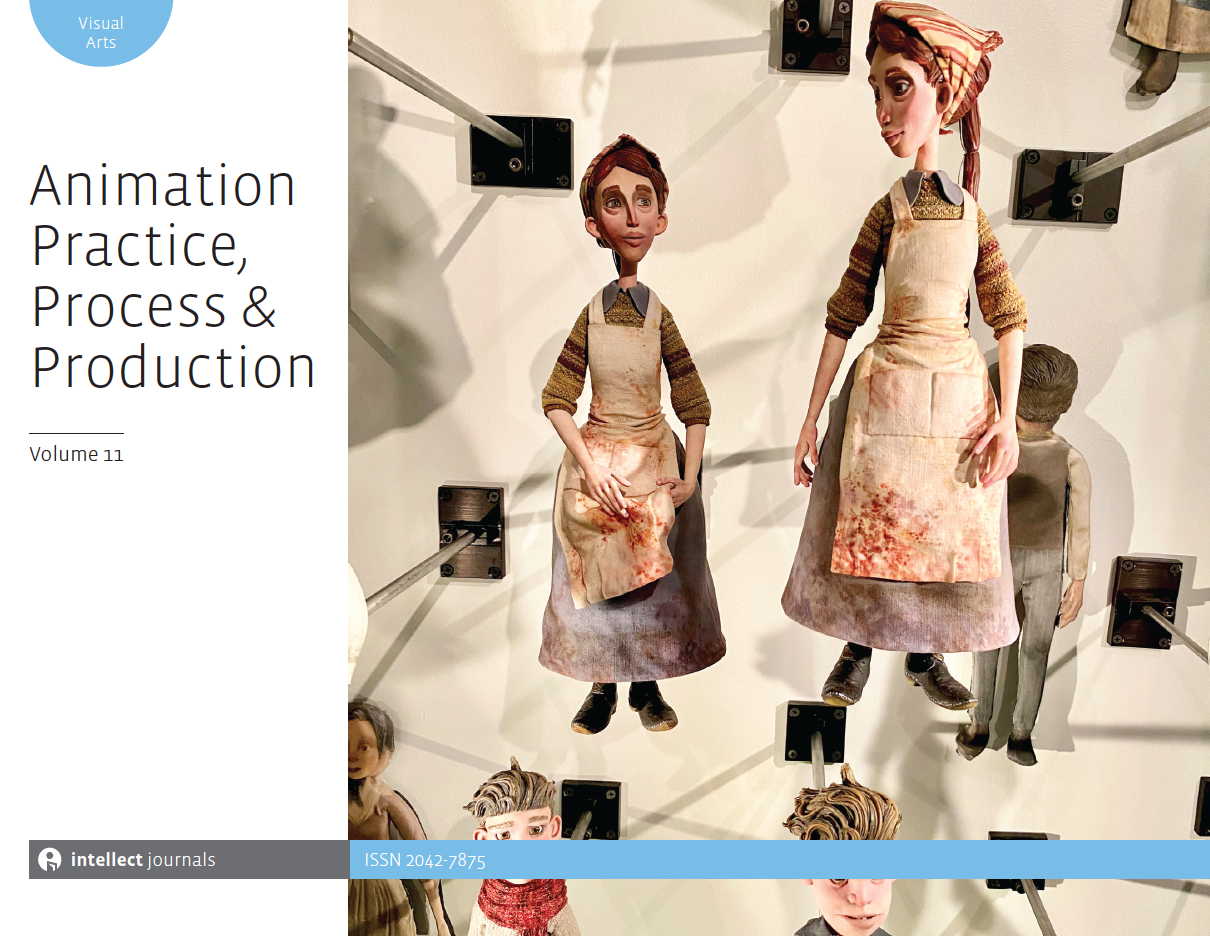
Full text loading...
 , Terrie Man-Chi Cheung1
, Terrie Man-Chi Cheung1
In Max Hattler’s stereoscopic installation Vœrtex two-dimensional abstract animation is turned into immersive images with strong three-dimensional depth. Utilizing a two-screen, semi-Cave Automatic Virtual Environment, Vœrtex creates a unique viewing experience for the viewer, a hybrid space situated halfway between immersion-in-abstraction and the real world of the gallery space, allowing the viewer to be in two spaces simultaneously. This article discusses the technical set-up, production processes and stereoscopic techniques, including binocular colour rivalry and depth displacements employed in Vœrtex. This is followed by a discussion of Vœrtex in relation to the concept of lucidity and an audience study into viewers’ perception of the work. The hybrid set-up of Vœrtex, combining both stereoscopic and interactive visual texts, allows for a sense of creative inspiration and inquiry into the dreaming mind, and participants can actively choose to explore different aspects of their perception by oscillating between two divergent states: an immersive dream sensation and a sense of being anchored in the real world.

Article metrics loading...

Full text loading...
References


Data & Media loading...

Publication Date:
https://doi.org/10.1386/ap3_000026_1 Published content will be available immediately after check-out or when it is released in case of a pre-order. Please make sure to be logged in to see all available purchase options.